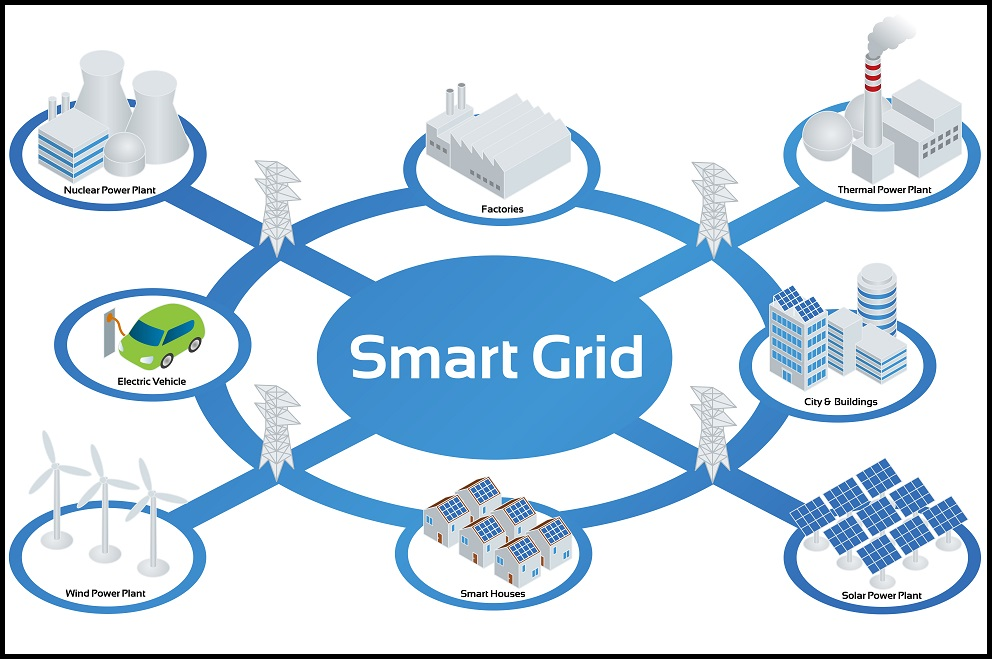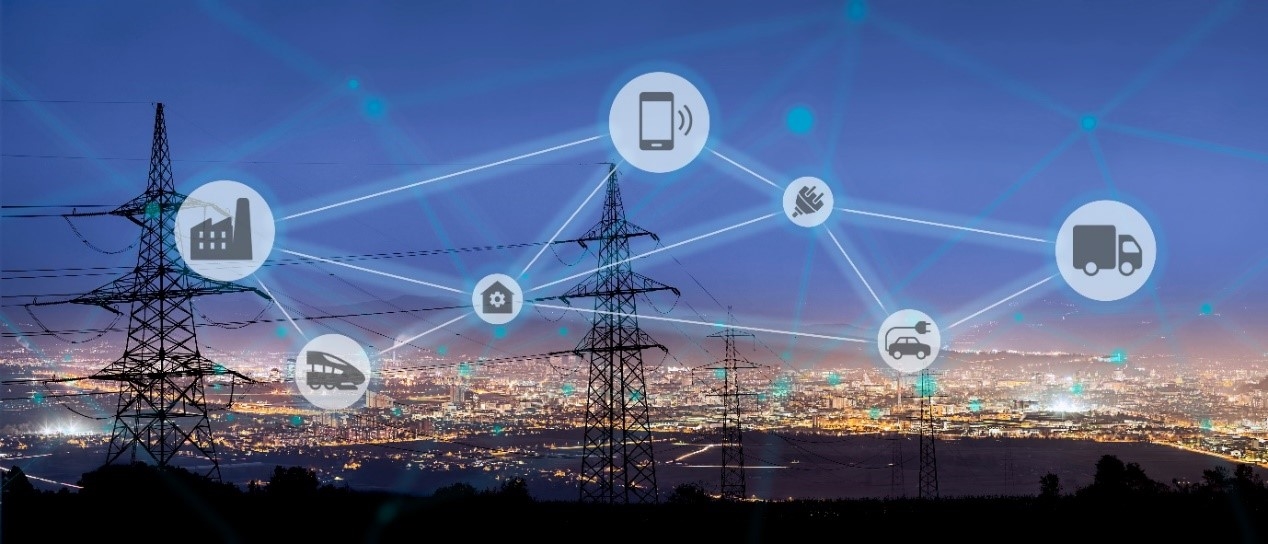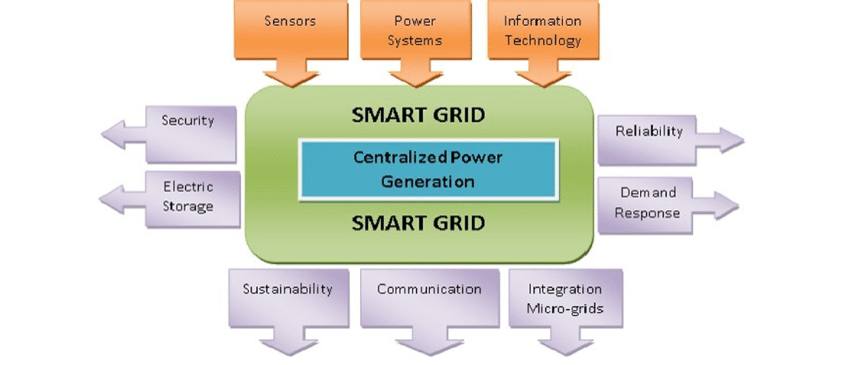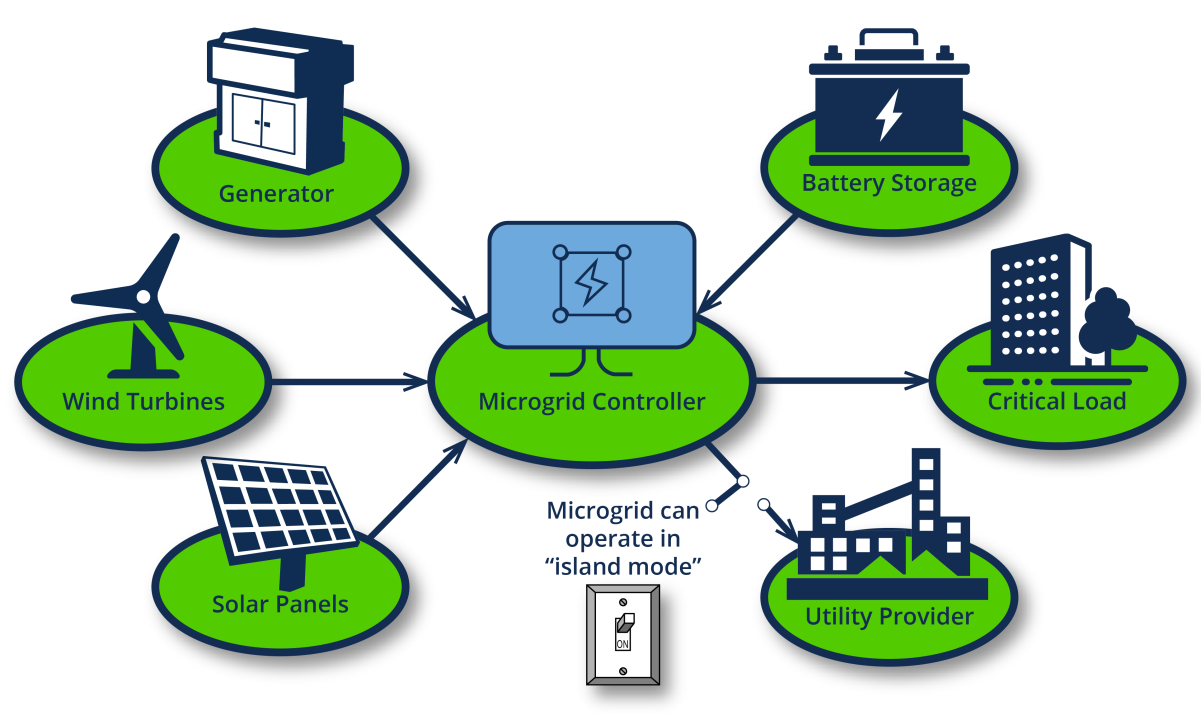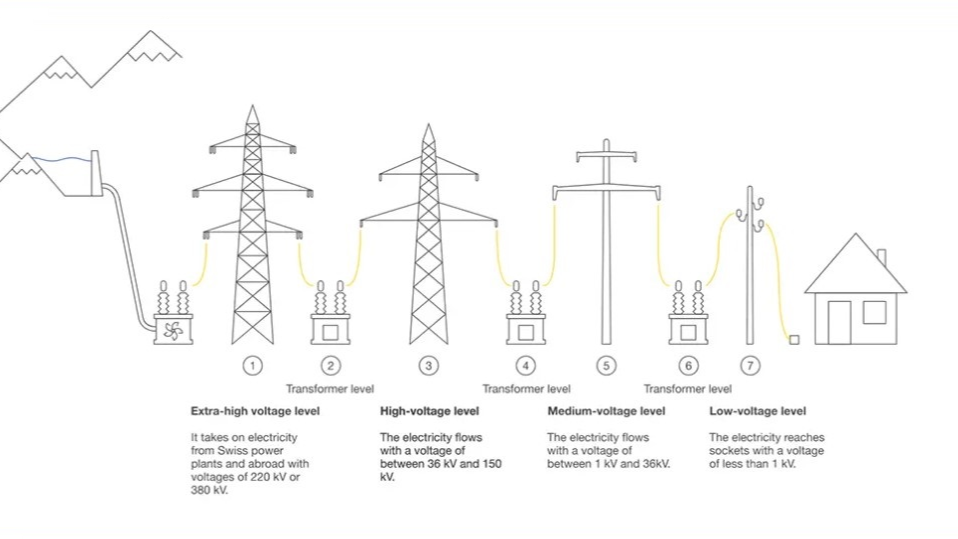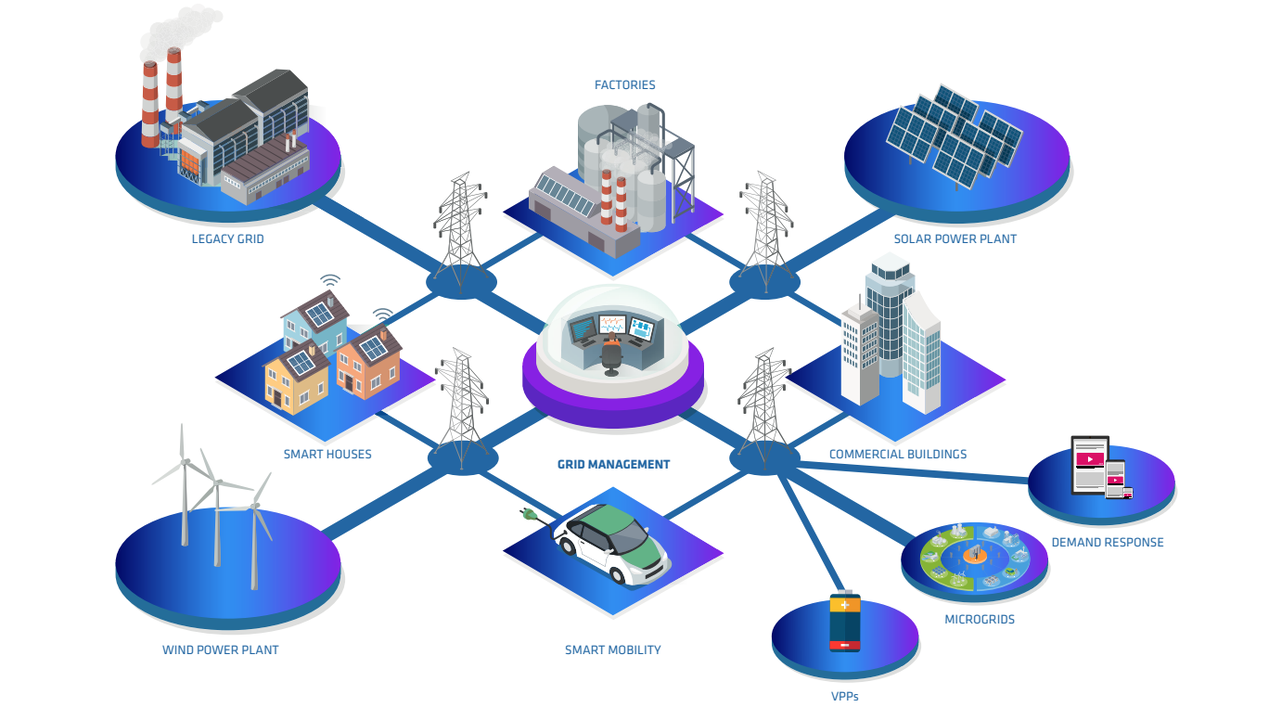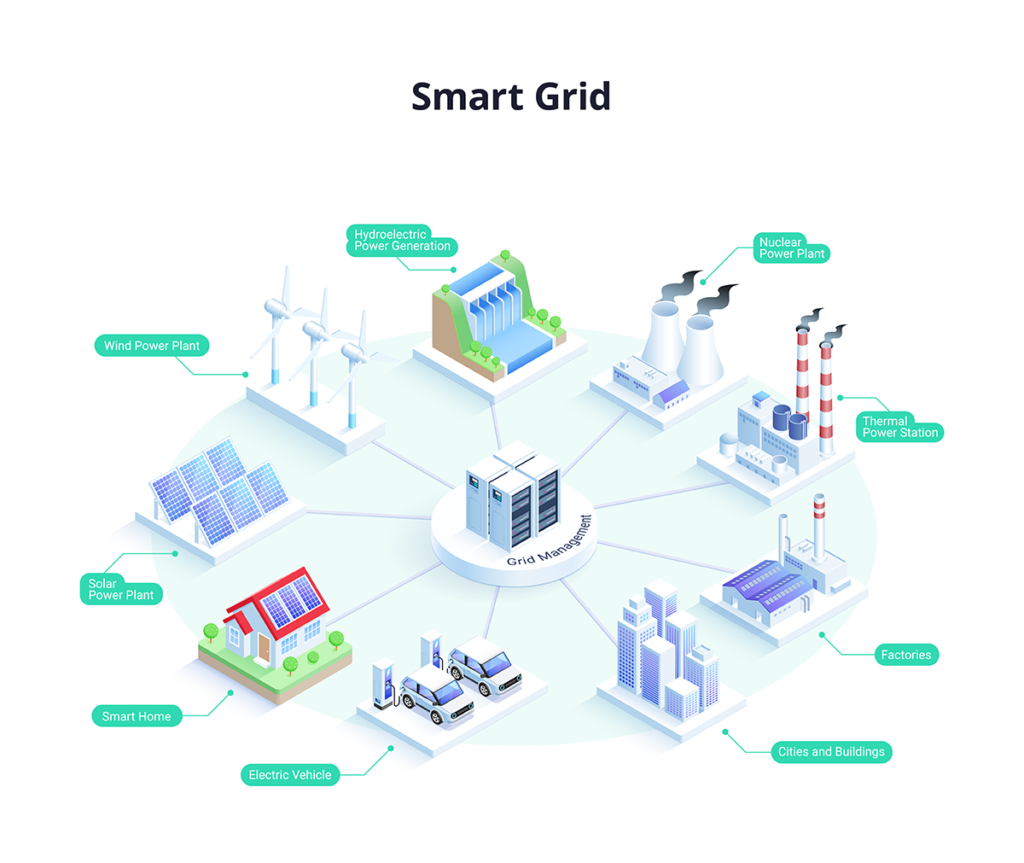Overview
A smart grid power system modernizes a traditional power grid by introducing new technologies, devices, and approaches. It is primarily based on information technology, communication technology, and control technology. Using sensors, power electronics devices, and other equipment, the system enables real-time monitoring, forecasting, and control of the grid to achieve more efficient, reliable, safe, and intelligent power delivery.
Key Characteristics
- Information-driven: The system leverages IoT, cloud computing, and big data to monitor, diagnose, assess, and maintain electrical equipment in real time, optimizing energy use.
- Networked: A communication network connects system elements to enable rapid and accurate monitoring of grid status, remote monitoring and control, and remote analysis and optimization.
- High reliability: Real-time monitoring allows rapid warning and diagnosis of equipment faults; fast adjustments and optimization improve restoration speed and grid stability.
- Intelligent operation: Optimized distribution control enables adaptive management of supply and demand, improving energy efficiency and economic performance.
- Low carbon and environmental benefits: Integration of renewable and clean energy increases their share in supply, supporting lower emissions and improved environmental performance.
Working Principles
A smart grid power system enhances a traditional power system with advanced information and communication technologies and integrated intelligent hardware and software. Its operating principles include:
- Intelligent sensing: Sensors and data acquisition technologies provide real-time awareness of equipment and loads. Big data techniques are used for clustering and analysis to accurately identify grid state and load characteristics.
- Intelligent dispatch: Based on data analysis, the system formulates and implements multi-source, multi-capacity, and multi-route power supply plans to optimize overall network efficiency.
- Responsive control: The system can automatically regulate equipment in response to real-time status, enabling adaptive load management, responsive control, and adjustments that enhance response capability and stability.
- Visualized management: Visualization of equipment and load information improves operators' situational awareness, enabling effective decisions based on real-time data.
System Components
The smart grid power system integrates advanced power equipment, modern communication, computing, and control technologies to provide refined management and control. Core components include:
- Smart power equipment: Examples include smart transformers, intelligent switches, and smart distribution terminals. These devices support real-time monitoring, remote control, and adaptive adjustment to enable self-healing and automated optimization.
- Smart metering devices: These perform real-time measurement, aggregation, and transmission of electricity usage to support precise energy management and billing as well as energy planning.
- Smart communication network: The communication network transfers, collects, and processes grid data and links the entire supply system. Examples include 5G and NB-IoT.
- Control center: The control center aggregates grid data, performs analysis and computation, and stores information to determine optimal operating strategies and provide centralized control and dispatch.
- Power safety and protection mechanisms: Applying artificial intelligence and big data to grid protection enables rapid prediction, identification, and handling of anomalies to protect safe and reliable operation.
Applications
Smart grid systems apply modern information, communication, sensing, and computing technologies to upgrade power supply infrastructure. Key application areas include:
- Energy efficiency management: Precise control of energy distribution optimizes system efficiency. Monitoring and metering of consumer usage enables refined management and energy saving.
- Distributed generation integration: The system consolidates distributed energy resources into the grid to increase supply reliability. Solar PV and wind power integrated via the smart grid can be used more effectively.
- Energy storage: Smart grid-enabled storage supports grid balancing and regulation. Technologies such as supercapacitors and batteries enable efficient energy storage.
- Distribution automation: Automated control and data exchange improve monitoring of supply conditions and enable remote dispatch and control.
- Information management systems: These systems collect, process, and analyze large volumes of data to enable precise management of equipment and operations, including tailored user services and market-driven operation.
Conclusion
Smart grid power systems combine computing, power engineering, communication, and automation technologies to deliver more capable, intelligent, and efficient power delivery. They improve supply quality and reliability, support efficient energy use and environmental goals, and provide a foundation for continued innovation in the power sector.
 ALLPCB
ALLPCB


